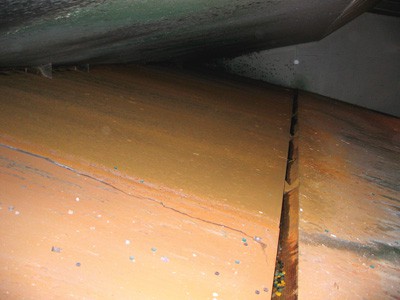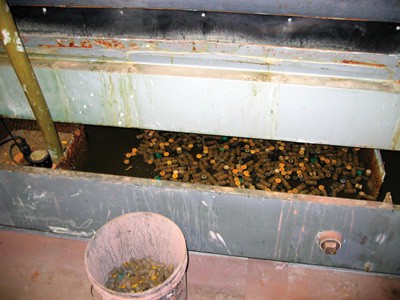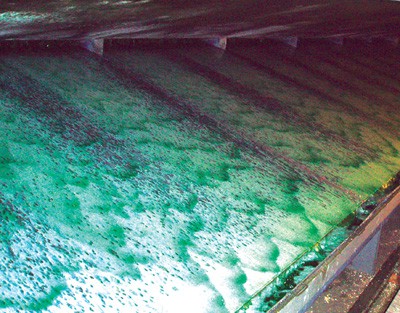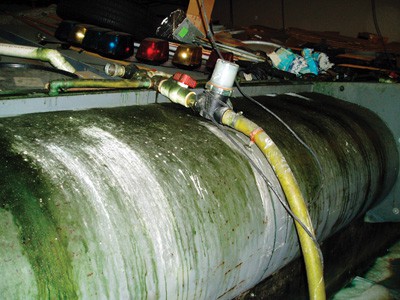Ventilation is one of the most important aspects of an indoor shooting range. However, many misconceptions and contradictory information exist on the topic. As a range owner, it can be difficult to know what information is accurate and what the most important aspects of range ventilation are. Here are a couple common misconceptions debunked:
Misconception #1: The type of rounds shot will change the ventilation design.
Truth: It does not matter what type of rounds are shot, what type of ammunition is used, or how much shooting occurs in a small arms range. There is a standard ventilation design that works great for all ranges regardless of what ammunition is shot.
Misconception #2: Air flow speed in a range can be anywhere between 50 feet per minute and 75 feet per minute at the firing line.
Truth: The range should be designed for 75 feet per minute at the firing line or lines. This should result in an air flow that is not below 50 feet per minute at any individual point.
Misconception #3: Air flow tests should be done with people or mannequins in shooting positions.
Truth: All air flow testing should be done on an empty range. The testing and commissioning procedure on an empty range has proven to meet Occupational Safety and Health Administration (OSHA) exposure levels.
Why Range Ventilation is Important
Along with understanding the misconceptions that exist about range ventilation, it is important to understand the various purposes behind 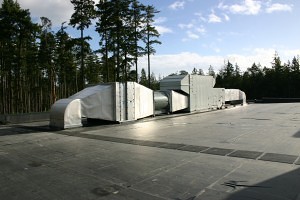
The first and primary purpose of ventilation is to remove contaminants created during the firing of a weapon from the respiratory zones of those occupying the range. Exploding primers containing lead styphnate and friction from the lead slug against the gun barrel create airborne lead. Carbon monoxide and other contaminants are also created during the firing of a weapon. The ventilation system removes all of these harmful particles.
The second and equally important reason for a properly designed and installed ventilation system is to keep the range at a negative pressure to the surrounding building space. Contaminants need to be contained in the range space. This will prevent the ingestion of these harmful particles, and also keep the non-range spaces and surfaces of the building free of contamination. This in turn will ensure the health and safety of all customers and employees.
The final purpose of the ventilation system is to remove the smoke from the range so visibility is high and the targets can be seen.
Ventilation Systems and How They Work
Many range owners are aware of the purposes of a ventilation system but may have questions when it comes to the system types and designs.
The suggested air flow for a small arms range is an average of 75 feet per minute at the firing line. This air flow must be even from floor to ceiling (known as laminar flow) and have minimal turbulence. There have been two general approaches to the distribution of air that have been used within the industry.
The first is a plenum wall. Although this approach can work and some have successfully tested to provide laminar flow, the plenum wall has also been prone to problems. The main issue is when the access door to the range and the window from the range safety office have been installed they tend to create turbulent areas. This can disrupt the laminar flow, which can prevent the contaminants from being properly contained. There have also been problems where the range officer standing in one position has caused a lane to fail the exposure test.
The second method that has proven successful is the radial diffuser. This method disperses air into the range in a 180 degree radial pattern. These diffusers are custom built and tested to provide proper air flow at the firing line. It is critical to only use proven products that have been tested to achieve the laminar or even air flow at the firing line. This will ensure the safety of range employees and customers and also keep the range compliant with health and safety regulations.
When deciding on the design of the ventilation system, negative air pressure is also important. Providing negative pressure in the range is accomplished by designing more exhaust than supply air. Creating laminar air flow at the firing line will protect a shooter’s respiratory zone, but it will not keep contaminants created in the range from entering other areas of the building. The industry standard for this design is 10% greater exhaust than supply. The tighter the range area of the building is constructed, the less differential is necessary to maintain the proper pressure differential. Some ranges have been designed with the 10% differential, but the exhaust is filtered and there was no method of modulation for the exhaust based on filter loading. This caused the range to go positive within a week of a filter change. It is very important to oversize the exhaust fan and use a variable frequency drive or an inlet vein vortex damper to regulate the fan. This will control the amount of exhaust that is filtered and keep the air at a negative pressure differential.
The most critical component to keeping the range negative is a control system that can start up, stop, and maintain a negative pressure in the range at all times. The control system must also monitor the range conditions as well as sound an alarm and shut down if unsafe conditions are present.
The Economics of Range Ventilation
Price may be another factor in considering a ventilation system as they can be expensive. A range owner might think about just using a local 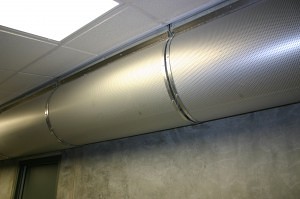
If the system is too difficult for the range staff to use, chances are the staff won’t use it, or it won’t be used properly. The top names in the industry have made usability a priority to ensure each ventilation system is easy for the end-user to understand and operate. For example, Action Target’s ventilation features a single control switch that activates the entire ventilation system and indicator lights that turn on when the system is ready for use. A convenient digital interface screen displays the status of the ventilation system at all times and displays any errors, alarms, or unsafe conditions that might arise. If something happens, Action Target can dial in to the ventilation system via a built-in modem to diagnose and make adjustments remotely.
Proper shooting range ventilation is essential. There are hazards and pitfalls that can be avoided only by companies with sufficient expertise and experience, so make sure to choose a team that can do the job right. The effects of poor ventilation in a shooting range are a serious matter, and potentially hazardous to the health of both range employees and customers. Lead poisoning in adults and children can cause digestive problems, high blood pressure, hearing problems, memory and concentration problems, and a host of other health issues. These hazards can be avoided if the range is ventilated properly. Without fail, an indoor range ventilation system must provide and maintain clean air for everyone in it. With a properly installed and functioning ventilation system, range owners can operate their range worry-free, assured the system is keeping the range, employees, and customers contaminant free and healthy.
Rely on the Experts for Help
There are hundreds of things to take into consideration when building a shooting range, but your top priority should always be safety. Before anything else, make sure your range is going to be safe for your customers, your employees, and the environment. If you are considering building a range, talk to the Action Target representative in your region and he will be happy to help you find the right equipment to fit your needs and budget. You can also use our Request a Quote form to get started on your range project today.
Please note, the tips included in this message have been found to be helpful for many clients throughout the years but may not apply in all situations. Please use judgment in determining which tips will be helpful in your particular situation.







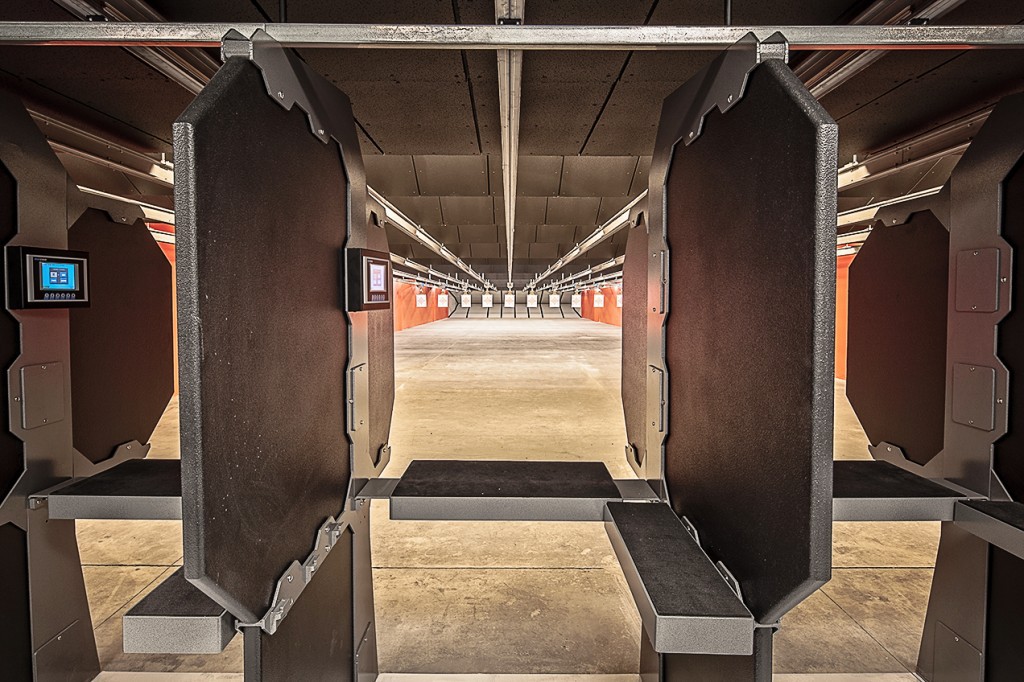
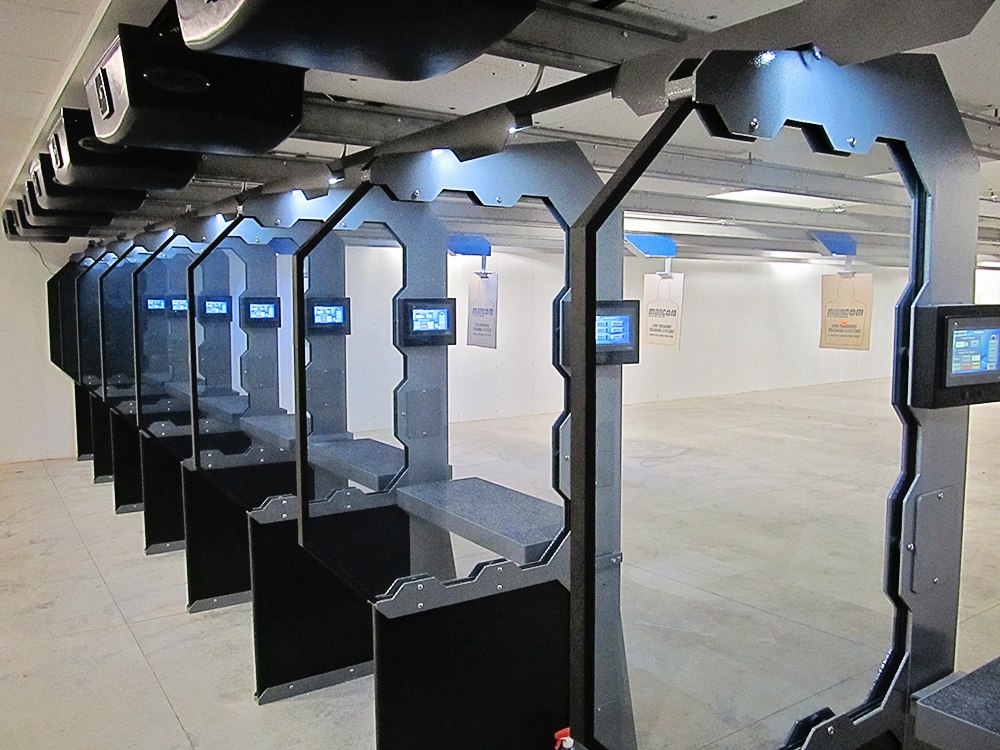
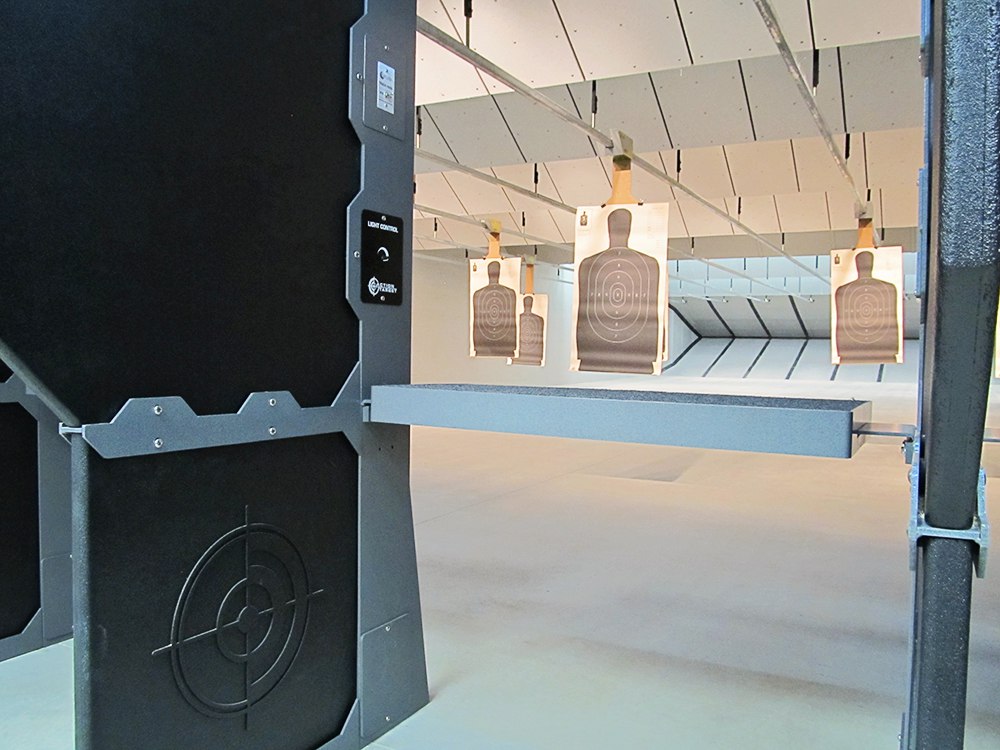

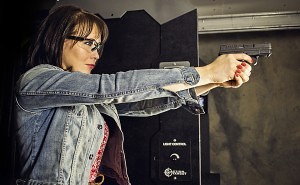 According to a
According to a 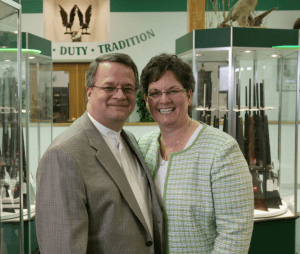

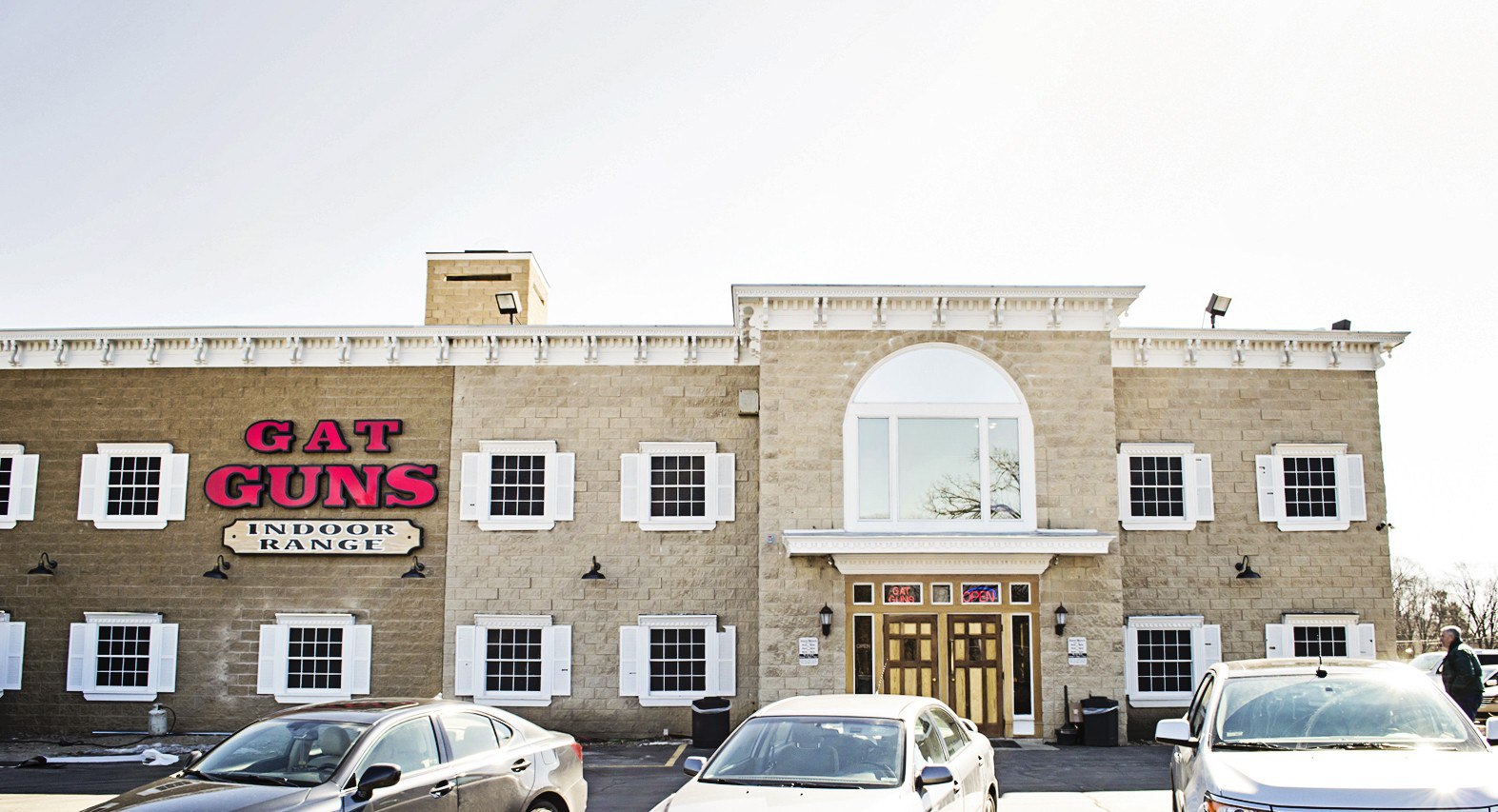
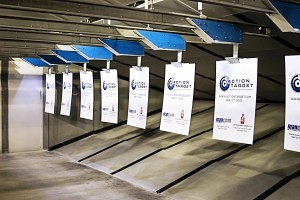
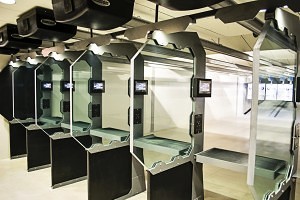
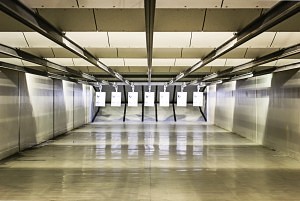
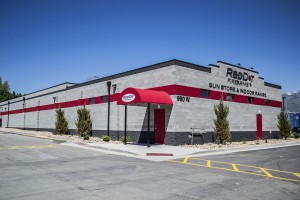
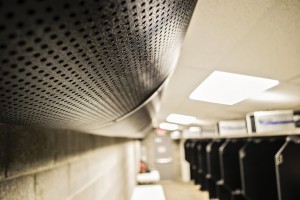
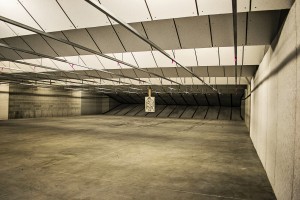
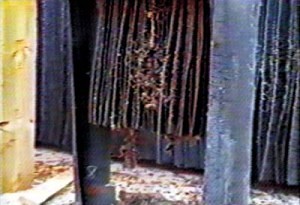 With this trap, tightly grouped rubber curtains or lamellas are hung from a support structure to create a bullet stopping barrier. As bullets pass through the layers of rubber strips, their energy is dissipated until they come to a stop. A steel plate is mounted at the back of the trap to block rounds that make it through the lamellas.
With this trap, tightly grouped rubber curtains or lamellas are hung from a support structure to create a bullet stopping barrier. As bullets pass through the layers of rubber strips, their energy is dissipated until they come to a stop. A steel plate is mounted at the back of the trap to block rounds that make it through the lamellas.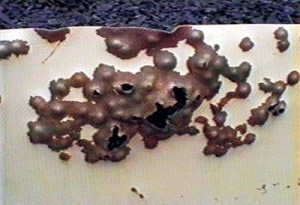 Another European design uses a large steel chamber filled with chopped rubber and a penetrable rubber sheet across the front the keep the rubber granules in place.
Another European design uses a large steel chamber filled with chopped rubber and a penetrable rubber sheet across the front the keep the rubber granules in place.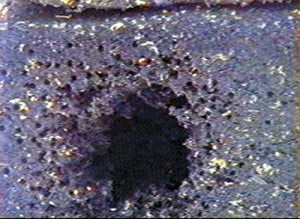 The rubber block trap is similar in concept to the rubber granule trap, except the rubber granules are molded together to form a solid object. The rubber blocks are stacked on top of each other to create a wall that serves as the bullet trap. When a bullet is fired into the blocks, it is stopped and stored within the block itself. Like all rubber traps, the blocks are damaged with every shot and large holes can quickly develop, severely limiting the trap’s ability to stop bullets. As the holes get larger, the blocks get weaker and the whole wall tends to collapse under its own weight.
The rubber block trap is similar in concept to the rubber granule trap, except the rubber granules are molded together to form a solid object. The rubber blocks are stacked on top of each other to create a wall that serves as the bullet trap. When a bullet is fired into the blocks, it is stopped and stored within the block itself. Like all rubber traps, the blocks are damaged with every shot and large holes can quickly develop, severely limiting the trap’s ability to stop bullets. As the holes get larger, the blocks get weaker and the whole wall tends to collapse under its own weight.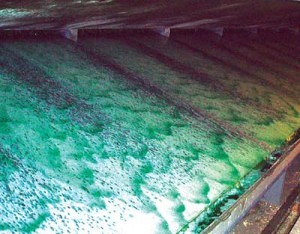 The wet funnel trap incorporates gently sloping steel plates that reduce bullet fragmentation on impact. As bullets hit the plates, they are directed to the narrow end of the funnel and enter a deceleration chamber where their energy is dissipated.
The wet funnel trap incorporates gently sloping steel plates that reduce bullet fragmentation on impact. As bullets hit the plates, they are directed to the narrow end of the funnel and enter a deceleration chamber where their energy is dissipated. Instead of a continuous horizontal funnel, this trap uses a series vertically oriented funnel boxes to gather the bullets. As with a horizontal funnel, bullets are deflected by the impact plates into a deceleration chamber at the back of the trap where they are collected and stored.
Instead of a continuous horizontal funnel, this trap uses a series vertically oriented funnel boxes to gather the bullets. As with a horizontal funnel, bullets are deflected by the impact plates into a deceleration chamber at the back of the trap where they are collected and stored.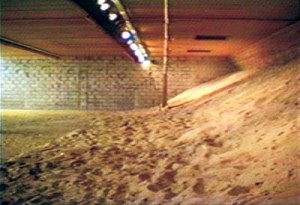 The sand or dirt berm is the oldest and most basic type of bullet trap. It uses the mass of the berm itself to stop and store bullets, and on outdoor ranges it can literally be the side of a mountain. On indoor ranges however, some type of structure or barricade is used to support the berm and hold back the sand.
The sand or dirt berm is the oldest and most basic type of bullet trap. It uses the mass of the berm itself to stop and store bullets, and on outdoor ranges it can literally be the side of a mountain. On indoor ranges however, some type of structure or barricade is used to support the berm and hold back the sand.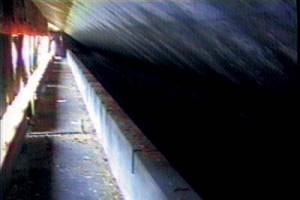
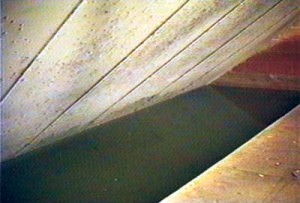
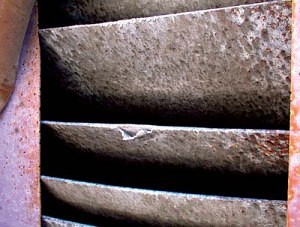
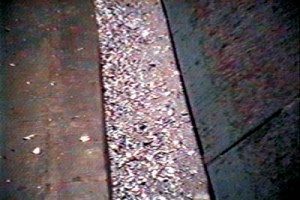
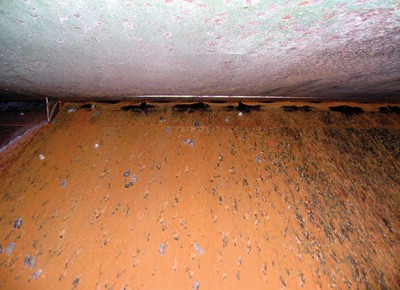 As with anything else in life, the ability to make an informed decision is based on the quality of the information you receive. The purpose of this article is to explore some of the claims associated with using water on steel funnel traps.
As with anything else in life, the ability to make an informed decision is based on the quality of the information you receive. The purpose of this article is to explore some of the claims associated with using water on steel funnel traps.